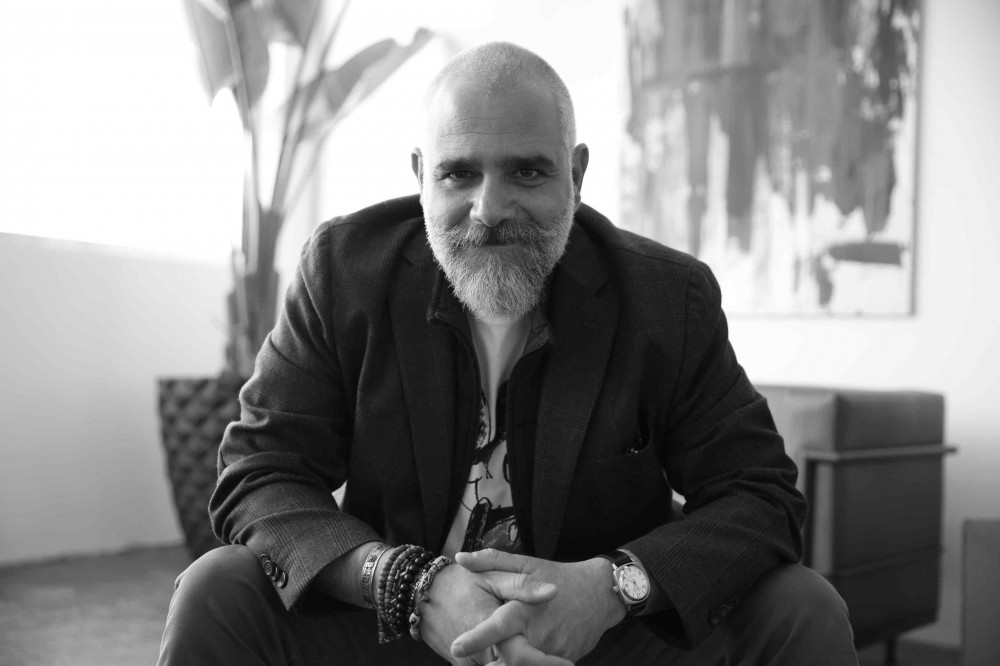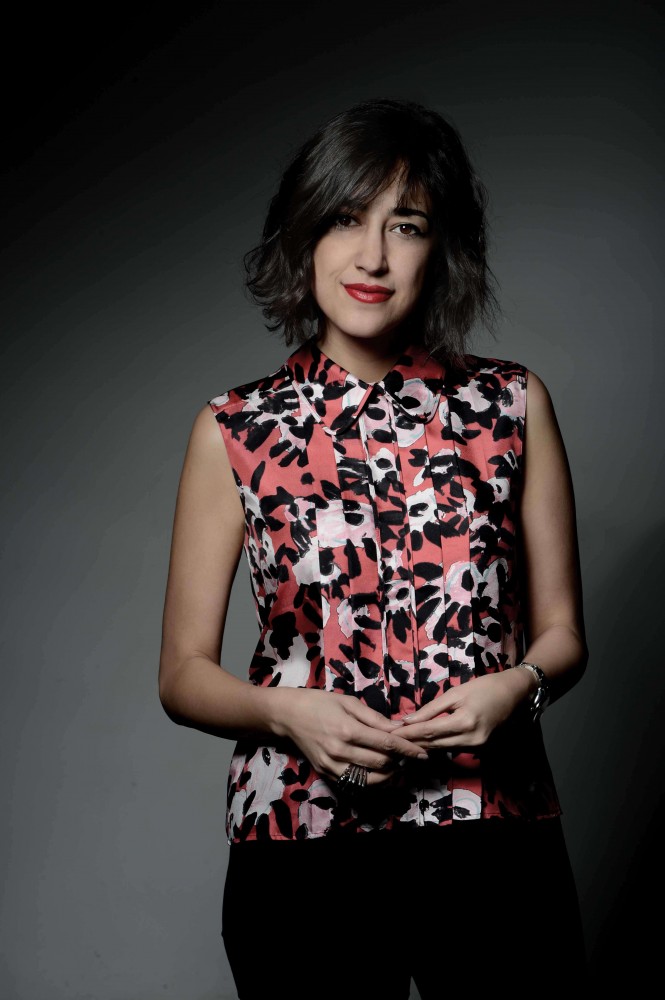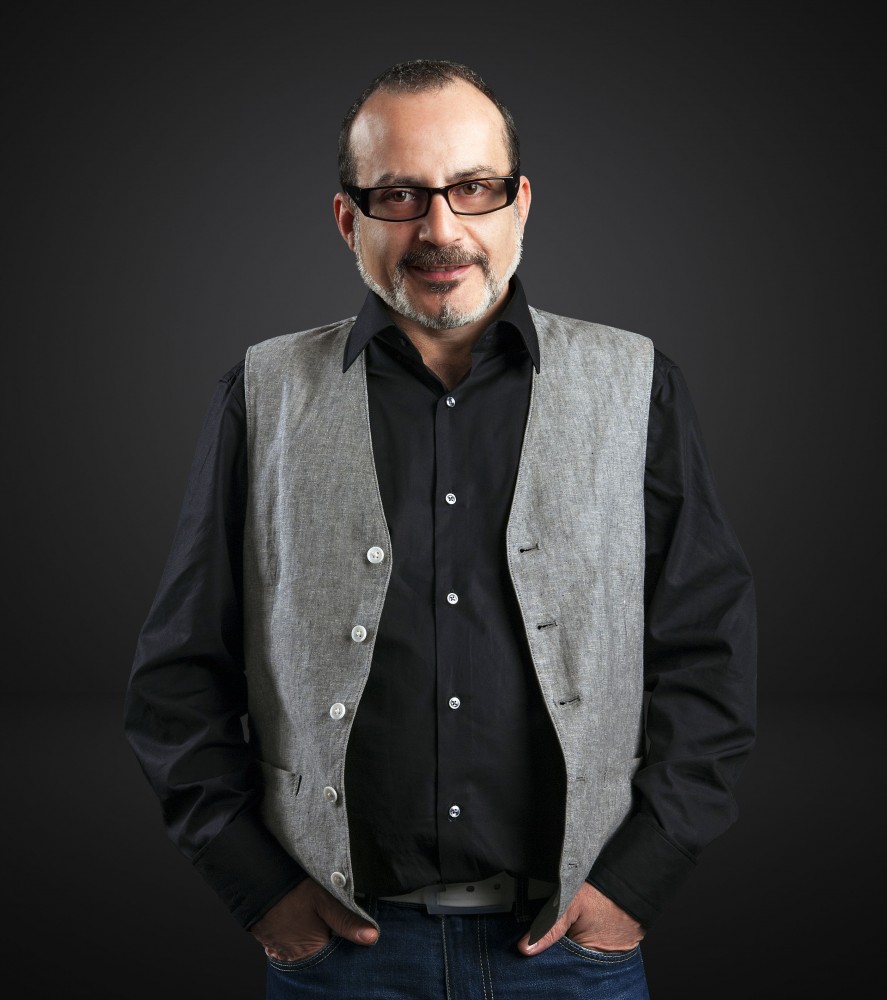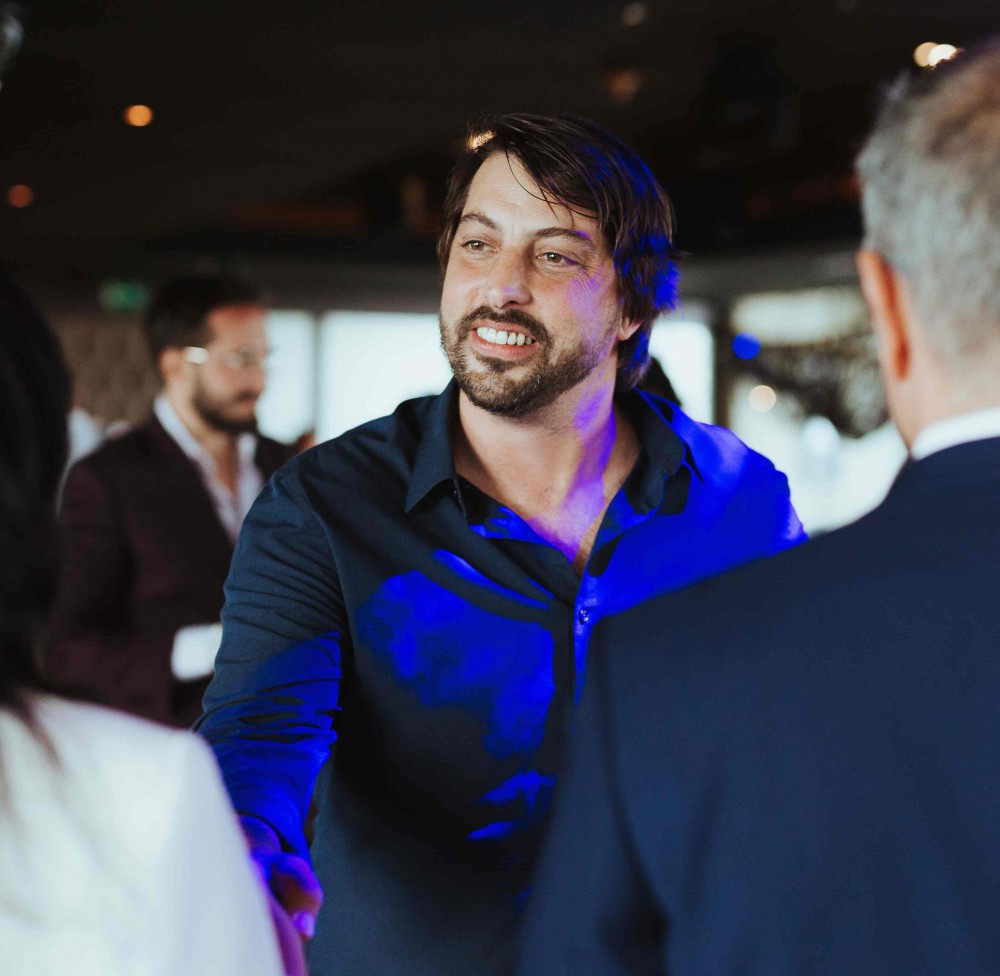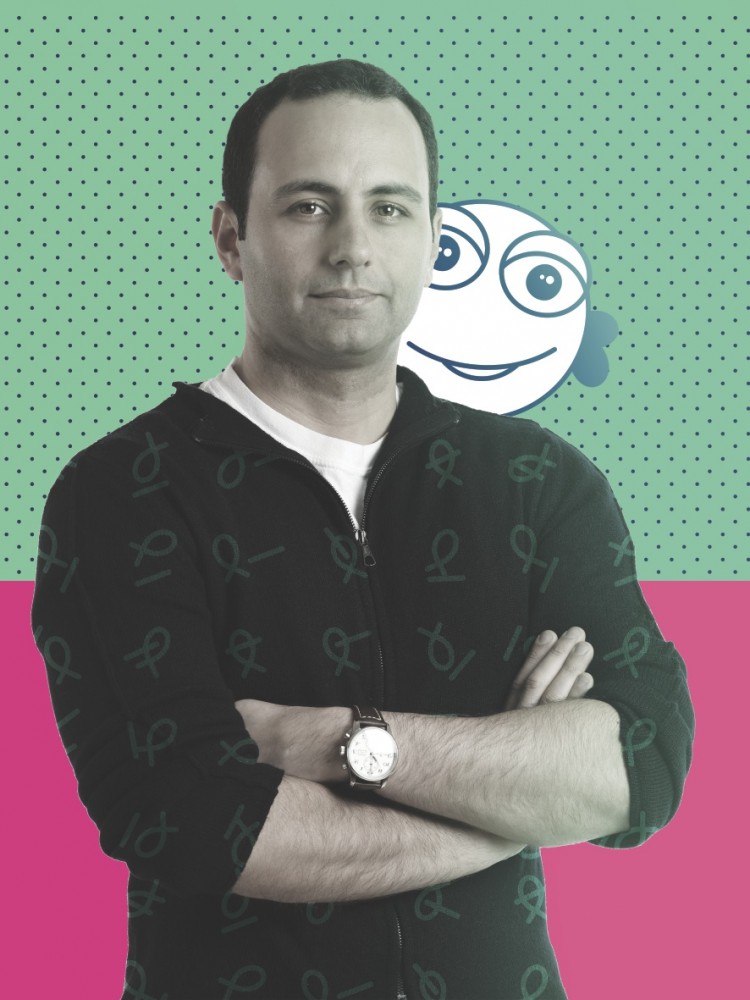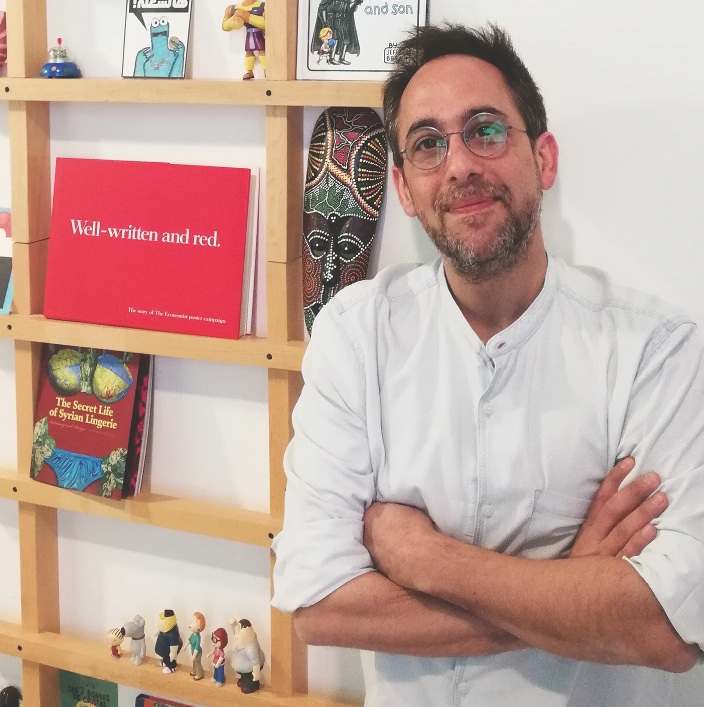News - Advertising
Agency of the Future: Survival of the Fittest
by Iain Akerman
May 22, 2019

“We must re-think the agency model and we should have done so a long time ago, because it is a matter of do or die,” says Omar Nasreddine, the chief executive and managing partner of Hopscotch & Triptikum. He is far from alone in holding such a belief.
Although most of the major agency networks have been busy redefining themselves over the course of the past few years, many traditional methods of doing business remain in place, despite digital and technological transformation altering the very fabric of the industry.
Solidified structures that have proved inadequate in the face of incessant, real-time communication are still commonplace, just as huge annual retainers have been replaced by short-term, project-based work. Long-term partnerships have also given way to more casual client/agency relationships, while cuts in advertising budgets have reduced formerly reliable streams of income to a trickle. All of which has left advertising agencies as we once knew them as a near obsolete remnant of a much simpler past.
Yet it’s not just the big networks that are suffering. All agencies, no matter what their size, are struggling to ascertain what works and what doesn’t. After all, the majority of boutique agencies were established by the progeny of old school agencies, taking with them a degree of their thinking.
“I think the future is for a more agile, strategic and fast-forward creative thinking breed of communicators who are not budget greedy but keen to deliver high value to clients and themselves by selling differentiation, sustainability and good old brand building.”--Omar Nasreddine, chief executive and managing partner of Hopscotch & Triptikum
“Some clients seem to have lost faith in the power of agencies, whether due to past experiences or the feeling of empowerment that comes with being connected, and this calls for re-thinking ways to collectively restore trust in our offering and improving those dynamics,” says Rola Ghotmeh, founder and chief creative officer of The Creative 9. “To bring back ideas we value most, like creatively delivering results.
“Creativity remains in the lead in everything we do, and investing in good talent and leadership is key. But not only that, creativity with purpose is still core and I’d say driving our clients’ business forward is why we exist, and now we have the tools to measure it. Which brings me to integration, integration across various creative disciplines, consolidating the work, and investing in content and AI. Reducing layers to be agile and drive results without compromising the outcome.”
“Some clients seem to have lost faith in the power of agencies, whether due to past experiences or the feeling of empowerment that comes with being connected…”--Rola Ghotmeh, founder and chief creative officer of The Creative 9
One thing’s for certain, this era of flux and uncertainty is nothing new, as Alain Shoucair, the founder, chief executive and creative director of Bluetrain, points out. “Advertising has always been rethinking the agency model,” he says. “Look at New York in the ‘60s. There was a time when copywriters and art directors sat on different floors, then along came Bill Bernbach who invented the creative team. Later someone decided that media buying should be separate from creative and departments that used to be on the same floor were moved to different buildings.
“At the same time, we saw the birth of global advertising when local markets were dominated by ads made thousands of kilometres away. We’ve always been rethinking the agency model. Sometimes we get it right, often we don’t.”
“Advertising has always been rethinking the agency model. Look at New York in the ‘60s. There was a time when copywriters and art directors sat on different floors, then along came Bill Bernbach who invented the creative team.” --Alain Shoucair, founder, chief executive and creative director of Bluetrain
Tim Baker, the chief executive of hug digital, agrees. “In the last 20 years we saw de-coupling, re-coupling, new specialists and now consolidation again. These are cyclical market forces that will continue and require agencies to stay in tune with.
“The big shift in the agency model is about egos needing to be left at the door,” he adds. “Let’s be honest, the biggest communication groups had resisted change because they had spent years building value in their master brands (or brand agencies). The same way brand owners don’t just kill off their ‘hero brand’ if its market share starts leaking, brand agencies have tried to retain their historic ‘lead agency’ status. That’s been eroded now and leadership on clients’ brands should be linked to a meritocracy of demand versus expertise.”
“Any agency set-up that can achieve thinking, ideas and great execution is fit for today’s landscape.”--Tim Baker, chief executive of hug digital
However, asking what the best agency model is for the current communications environment elicits a diverse range of responses. For Shoucair, it’s one that is “built on a long-term vision for a brand” and “one that is open minded about media”; for Sami Saab, the founder, chief executive and creative director of Phenomena, it’s a “creative boutique where clients have direct access to leadership” and “where budgets are not misused to cover unjustified overheads”.
For Rami Traboulsi, the founder and chief executive of Joe Fish, it’s “an integrated hybrid communication agency, with digital and content marketing at the core of its planning, strategic and creative thinking”. “A typical ad agency model can’t survive the times,” he says. “I think everyone sees and acknowledges that fact.”
Hybridity is important. Baker mentions it, too, citing Accenture Interactive’s recent acquisition of Droga5as an interesting case in point. Accenture has made no secret of its desire to reinvent the agency model. Its goal is to forge an agency with the power to engineer transformative brand experiences. Central to this is the belief that the “future of brand building is not just about creating great ideas; it’s about creating great experiences”, said Brian Whipple, global chief executive of Accenture Interactive, in April.
“Many of the big agencies took their clients for granted offering overpriced cookie-cutter solutions. Many others were not able to evolve and address clients’ frustrations while failing to adapt to the major cuts in budgets.”--Sami Saab, founder, chief executive and creative director of Phenomena
“It’s the challenger cycle we’ve seen before,” says Baker. “But I guess this time there’s less fluff and more credibility in terms of the challengers that are winning.”
Nabil Sargi, chief executive and partner at The Creative 9, agrees with Whipple when it comes to the importance of experiences. “I believe brand experiences will be, more than ever before, at the core of both clients’ and consumers’ expectations,” says Sargi. “The success of our work will be measured by how it makes consumers feel and how much it delights them, rather than how many people it reaches. This, supported by contextual targeting and a deeper reliance on data, will pave the way for smart and experiential agencies and believers in big creative ideas, strategic value, and personalisation.”
As Whipple suggests, however, not everything from the past is being discarded. There is a recognition that much of what traditional agencies stood for still stands strong. That means great ideas and great strategy.
“A typical ad agency model can’t survive the times. I think everyone sees and acknowledges that fact.” --Rami Traboulsi, founder and chief executive of Joe Fish
“The core for me remains the same – smart, simple, strategic ideas that grab attention,” says Baker. “And whilst it doesn’t have to have ‘digital’ in the title, you better ensure the idea starts and ends in the digital space. So any agency set-up that can achieve thinking, ideas and great execution is fit for today’s landscape.”
On a practical level, that means evolving on a constant basis, as well as employing more multi-disciplinary individuals and letting them explore their creativity, says Baker. All while retaining a few fundamentals: a solid team of account (or business) people who know how to handle the pace and demands of clients and make money; strong digitally-led creatives and thinkers; and tech, data and media lovers who can show real results from the agency’s efforts.
“I think the future is for a more agile, strategic and fast-forward creative thinking breed of communicators who are not budget greedy but keen to deliver high value to clients and themselves by selling differentiation, sustainability and good old brand building,” says Nasreddine. “Lots of clients will hopefully and finally wake up to the fact that it has always been, and will always be, about building brands. Something that social platforms will increasingly venture in to, finding ways they can achieve this for their clients, because there is a big opportunity there.
“We also try to educate our clients and our young generation of creative thinkers at the agency that communication is still, and will always remain, about ideas that deliver the highest involvement with the brand: to build the brand and create brand preference, not sales, not likes, not engagement, not reach, not budget saving, but brand preference. Preference which comes from relevance and a truly honest and meaningful message that empowers people to talk about you.”
“For me, an agency should be like a chameleon: colourful, spirited and adaptive.”-Nabil Sargi, chief executive and partner at The Creative 9
What should we expect going forward? More and more budget cuts and further migration towards one-stop creative shops and agile boutiques, says Saab. More tech and less time, says Baker, with big ideas remaining, although they’ll be consumed quicker and have a shorter shelf life.
“For me, an agency should be like a chameleon: colourful, spirited and adaptive,” says Sargi. “Today’s agency should find a way to seek and leverage data, work on delighting the consumer experiences at each and every touchpoint, promote engagement and, more than ever, act as true brand believers.
Shoucair, however, has a refreshingly simple approach. “I’m not on a mission to redefine the concept of the agency,” he says. “Every day starts the same. A client has a problem and we have to try andsolve it. We have more channels and means to solve those problems than ever before, which is fine. That’s the principle. If something new emerges out of that we’re comfortable with it.”




